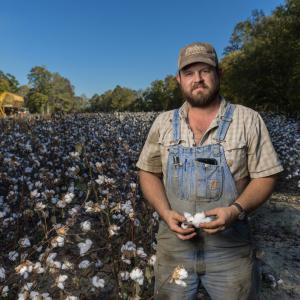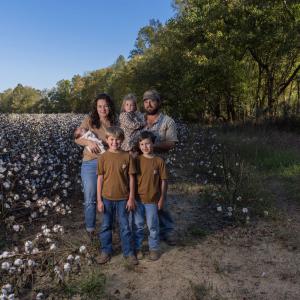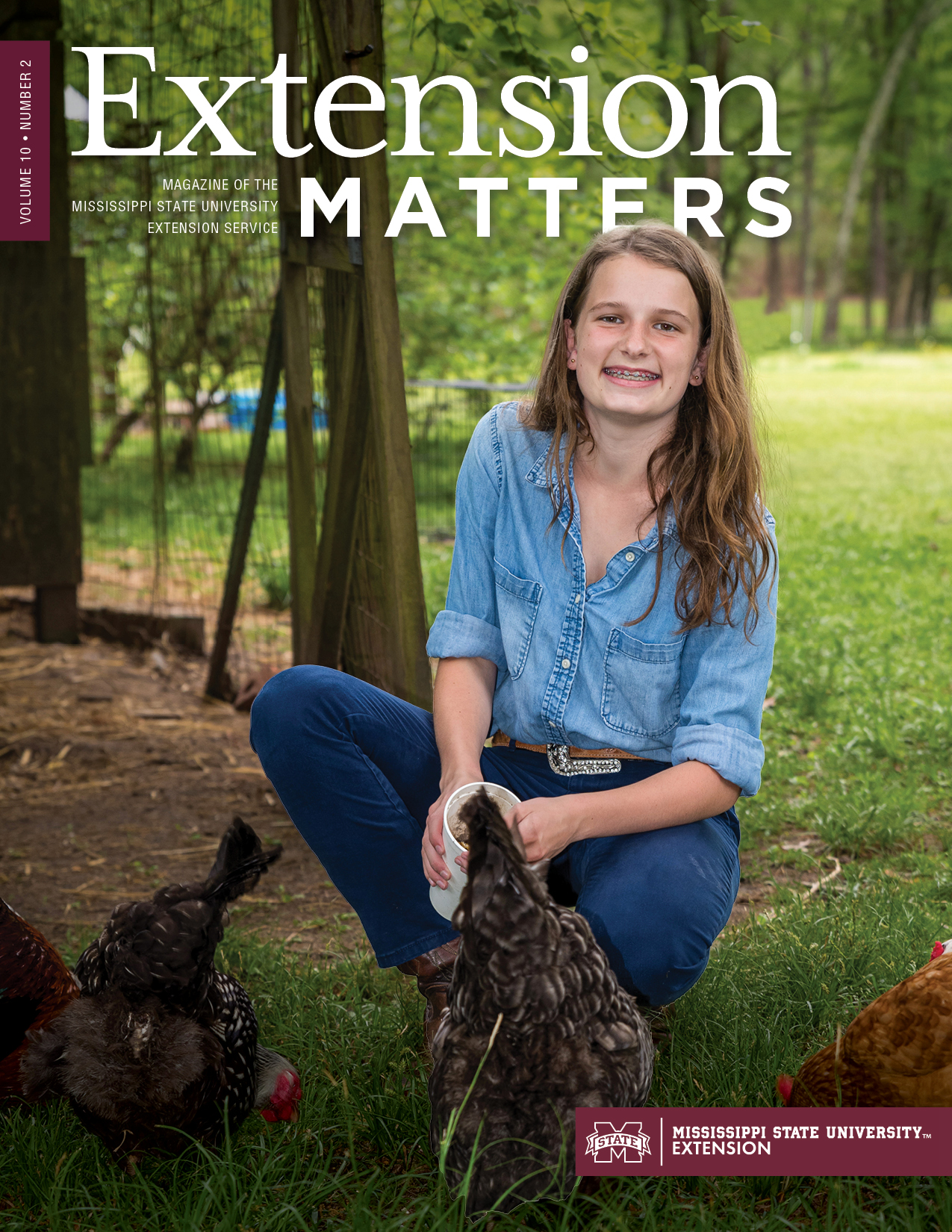Starting Over
Hey relies on Extension specialists, resources to improve results
Story by Nathan Gregory • Photos by Kevin Hudson
After graduating from college, David Hey got out of farming to be a truck driver, but before long he realized he wanted back in.
“My granddad was a retired farmer and rented me 30 acres of his land. I did that for a while and got up to about 80 acres. Then, I started driving trucks because I thought I could make more money,” he says. “When I thought about going back to farming, a friend and mentor was farming my grandfather’s land, so I went to work for him.”
Once his mentor began downsizing, Hey’s grandfather gradually gave him the opportunity to rent more of his land in Leflore County.
“I kind of started over from scratch, with the exception of my grandfather owning land that I could rent from him,” he explains.
Large-scale and small-scale producers alike have seen results by relying on the exper tise of agents and crop specialists with the Mississippi State University Extension Service.Hey’s operation is somewhere between large and small, and he just planted his sixth crop. He primarily farms corn, cotton, and soybeans while maintaining a rotation of side crops.
“I’ve grown just about everything besides peanuts,” he jokes. “We’ve grown some rice, sesame, milo, tomatoes—anything we thought we could make money off of.”
In the spirit of trying something different, Hey has teamed with MSU Extension several times to set aside a portion of his acreage to grow and test row crop varieties for research. The results from his and dozens of other trials from farms across the state are shared in MSU Extension’s annual reports detailing which varieties performed best. Many growers in the state rely on these guidelines when choosing which soybean, cotton, corn, and rice varieties to plant.
“Extension opens up opportunities, and they’ve got a lot of knowledge,” Hey says. “A young farmer like me—my granddad taught me how, but things have changed, and we don’t do things exactly like he did. You can ask Extension agents and specialists and hear what they say to do, and you might do it exactly how they say to do it or customize some of it for yourself.”
MSU Extension cotton specialist Dr. Brian Pieralisi planted 16 test varieties of cotton on Hey’s land during the 2023 growing season. Hey is able to observe how certain varieties perform on his land and use the results to inform his future planting decisions. What he appreciates equally, though, is the accessibility of Extension specialists when he needs timely guidance.
“Variety trials help growers like David stay up to date on the best options on the market right now and try a few newer varieties to see how they do,” Pieralisi says. “We’ve had conversations about the research we do at his place, but we’ll also talk about more basic things like soil samples, checking for nematodes, his crop rotation, and planting dates.”
Pieralisi says, had he known as a younger farmer the breadth of Extension’s resources, he would have relied on it more himself.
“I think more people should feel comfortable using Extension as a resource, because it’s one of the best ones out there,” he says. “We offer unbiased, research-based guidance that growers can use to improve the quality and yields of their crops when it’s harvest time. I’m glad to see when farmers feel comfortable with us and ask questions and use the resources we have available.”






